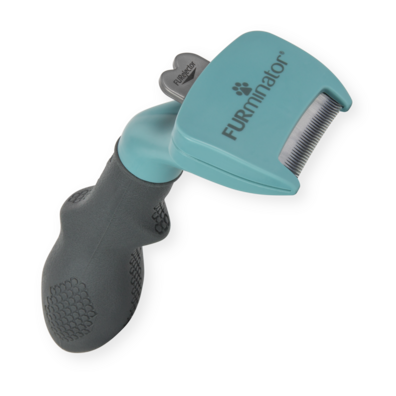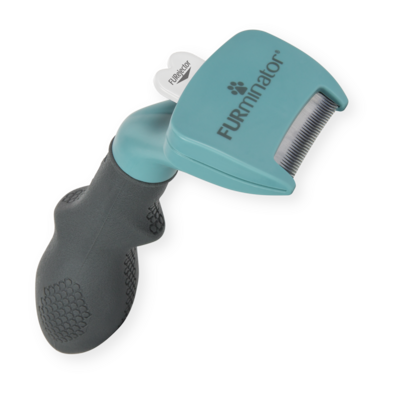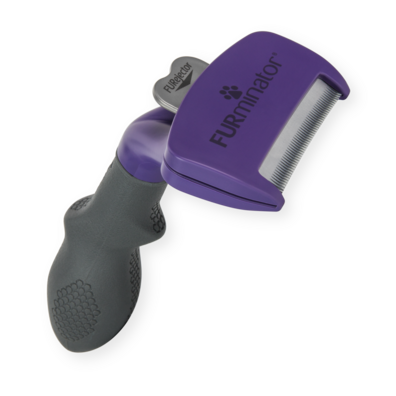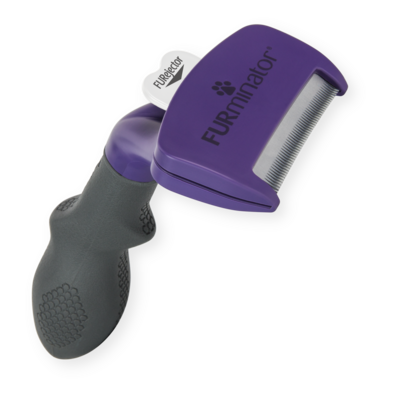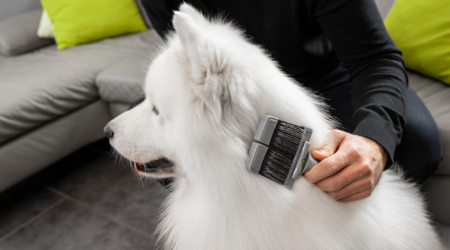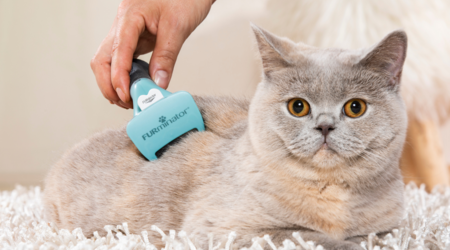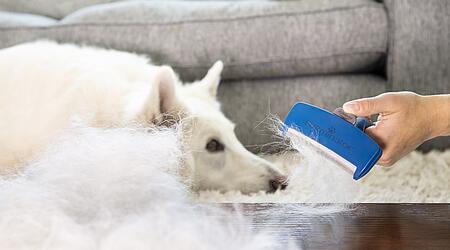Which cat breeds are recommended for a deShedding tool?
Cats are elegant housemates - but anyone who has a cat knows the problem: hair on furniture, clothes and carpets. But are there really cats that hardly shed at all? And which breeds require particularly high levels of grooming? When it comes to deShedding, the coat structure plays a decisive role. Some cat breeds shed more hair than others, and the right grooming tool can work wonders.
Some breeds have coat textures that vary between individual cats. These breeds are noted with an asterisk(*). Not all cats in these breeds shed. If your cat sheds, the FURminator deShedding Tool will work on your cat.
- Shedding is a natural process that helps cats adapt to seasonal changes. Breeds with dense undercoats (e.g. Maine Coon, Norwegian Forest Cat) shed heavily, while cats like the Cornish Rex shed much less.
- DeShedding removes loose hair and undercoat before it falls out. Using tools like the FURminator® Undercoat deShedding Tool keeps the coat healthy, prevents hairballs, and reduces hair around the home.
- Regular brushing – even for breeds with little undercoat – not only keeps skin and coat healthy, but also deepens the connection between you and your pet.
- Below, you’ll find a list of cat breeds suitable for deShedding.
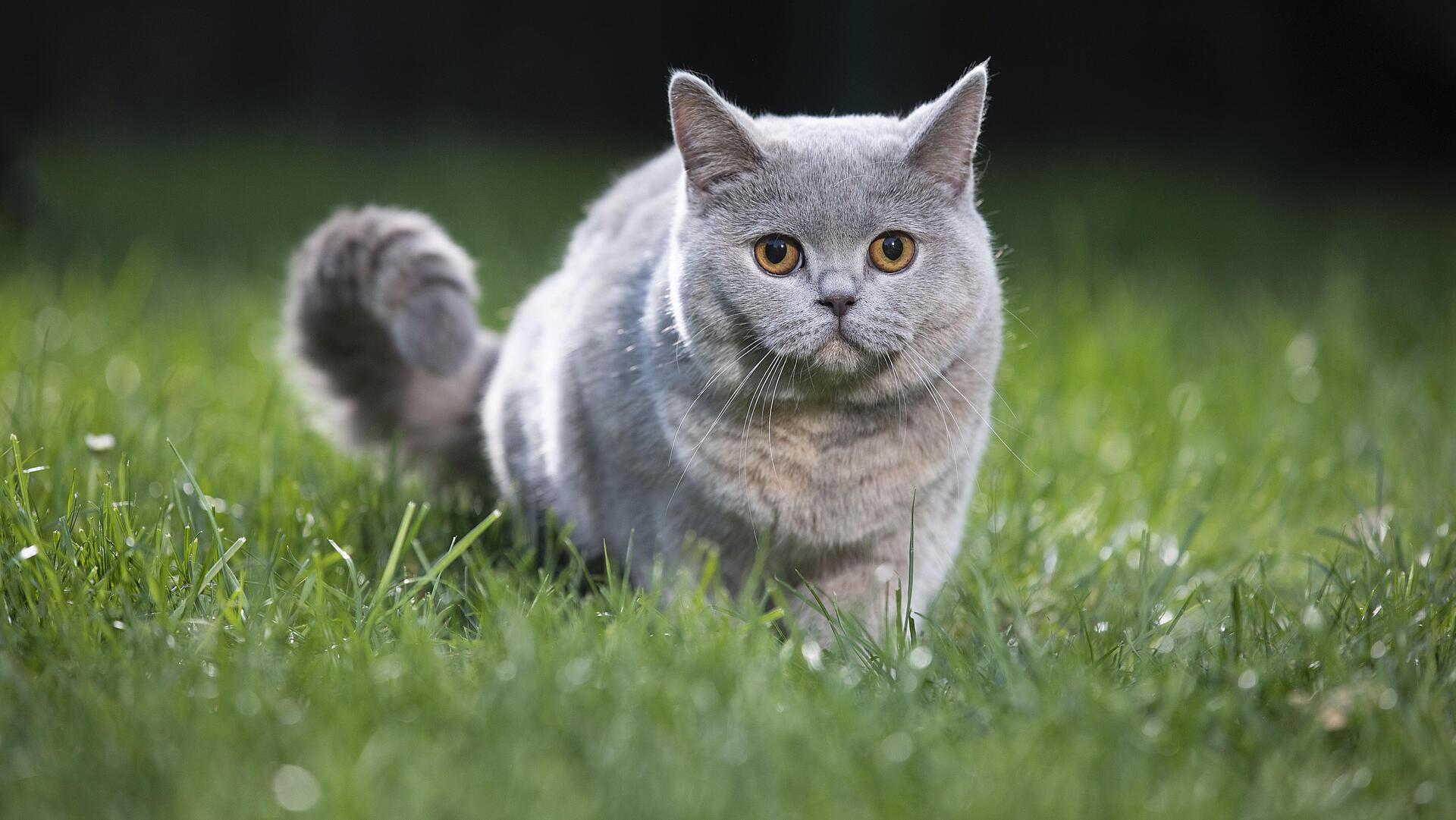
Breeds A-Z
Abyssinian
American Bobtail
American Curl
American Shorthair
American Wirehair
Bengal
Birman
British Shorthair
Burmese
California Spangled Cat
Chartreux
Colorpoint Shorthair
Cymric
Egyptian Mau
Exotic Shorthair
Himalayan
Japanese Bobtail
Maine Coon
Manx
Munchkin
Nebelung
Norwegian Forest Cat
Ocicat
Persian
Ragdoll
Russian Blue
Scottish Fold
Selkirk Rex
Siamese
Siberian
Singapura*
Snowshoe
Somali
Tonkinese
Why do cats even shed?
Shedding in cats is a completely healthy process and has mainly natural reasons. The shedding process plays an important role: cats adapt their fur to the seasons to protect themselves from the cold in winter and the heat in summer. In spring and autumn, they therefore shed a particularly large amount of hair to make room for the new coat.
The coat structure also influences how much a cat sheds. Breeds with dense undercoats, such as the Norwegian Forest Cat or the Maine Coon, shed a particularly large amount of undercoat during the shedding period. Cats with little or no undercoat, such as the Cornish Rex, shed significantly less. Factors such as health, diet and stress can also influence the amount of hair loss.

deShedding: What is it and why is it important?
DeShedding describes the targeted removal of loose hair and excess undercoat from your pet. With special tools such as the FURminator® Undercoat deShedding Tool, you can effectively remove hair that your cat would otherwise shed when brushing. This is particularly helpful during the shedding season when cats shed more.
The advantages of deShedding in a nutshell:
- Less hair on furniture and clothing: Regular deShedding significantly reduces the amount of cat hair in the household.
- Healthier coat and skin: By removing loose hair, the skin gets better ventilation and the coat remains shiny and well-groomed.
- Prevention of hairballs: Cats swallow less hair when grooming, which reduces the risk of hairballs and associated digestive problems.
So deShedding is not only an advantage for you, but also an important contribution to your cat's health and well-being.
Which brush is ideal for British Shorthairs and other breeds?
Choosing the right brush depends largely on the structure of your cat's coat. For breeds such as the British Shorthair, which have a medium-length, dense coat structure with a lot of undercoat, regular brushing is particularly important to remove loose hair and prevent matting.
Here are some recommended brushes for different coat types:
- FURminator® Undercoat deShedding Tool: Ideal for breeds with a dense undercoat, such as the British Shorthair, Maine Coon or Norwegian Forest Cat. The FURminator effectively removes loose hair and undercoat without damaging the coat. This reduces hair loss and keeps the coat healthy
- Combs and brushes: Special combs and softer brushes are recommended for more sensitive coat types, such as Persian cats. These tools gently detangle the coat and ensure that no skin irritation occurs.
Tips for use
- Gentle brushing: Always brush your cat gently to not damage the skin. Start at the areas where there is the most loose hair and work your way slowly.
- Correct technique: Guide the brush in the direction of fur growth and avoid sharp strokes so to not tear the coat. Pay particular attention to the areas around the neck and under the front legs as well as the belly, haunches, tail and ears, where tangles often occur.
- When to brush: It is best to brush your cat regularly, about 2-3 times a week, especially during the shedding period. During this time, daily brushing may be necessary to remove excess hair and relieve the cat.
The right brush, paired with gentle technique, ensures that your pet feels good and its coat stays in top condition!
Care tips for cats with less fur
Regular grooming is also beneficial for cats that don't shed much. A well-groomed coat not only ensures healthy skin, but also strengthens the bond between you and your cat. Here are some tips on how you can optimise your cat's grooming:
1. Regular grooming to remove loose hair
Though less hairy cats such as a shorthaired Siamese or Cornish Rex have less undercoat, they still shed loose hair. These can be gently removed with a soft brush. Brush your cat at least once a week to stimulate the skin and keep the coat shiny.
2. Dietary tips for a healthy coat
The right diet is crucial for a healthy and well-groomed coat. High-quality food with a high proportion of animal proteins, omega-3 and omega-6 fatty acids and vitamins such as biotin promotes a shiny coat and reduces hair loss. If necessary, supplement the food with special coat care snacks or oils.
3. Hygiene and checking for skin problems
Cats with less hair can sometimes have more sensitive skin as they have less protection from their fur. Make sure that the skin remains supple and that there is no irritation or redness. Look for sores, bruises and skin conditions, which may be concealed by the coat. If your pet has any of these conditions, seek treatment from a veterinarian before grooming.
With these tips, you can ensure that your cat feels comfortable and that its coat always stays healthy - even if it only sheds a little!
Summary
Cats are wonderful companions, but hair is simply a part of life - even in breeds that shed less, but with the right care, hair loss and the associated challenges can be significantly reduced.
DeShedding tools, such as the FURminator, are ideal for efficiently removing loose hair and undercoat, especially in cats with dense coats. At the same time, less shedding breeds also benefit from regular grooming, a balanced diet and monitoring of skin and coat health.
With these measures, your home will stay cleaner and your cat will feel completely comfortable - a win-win situation for both humans and animals!

